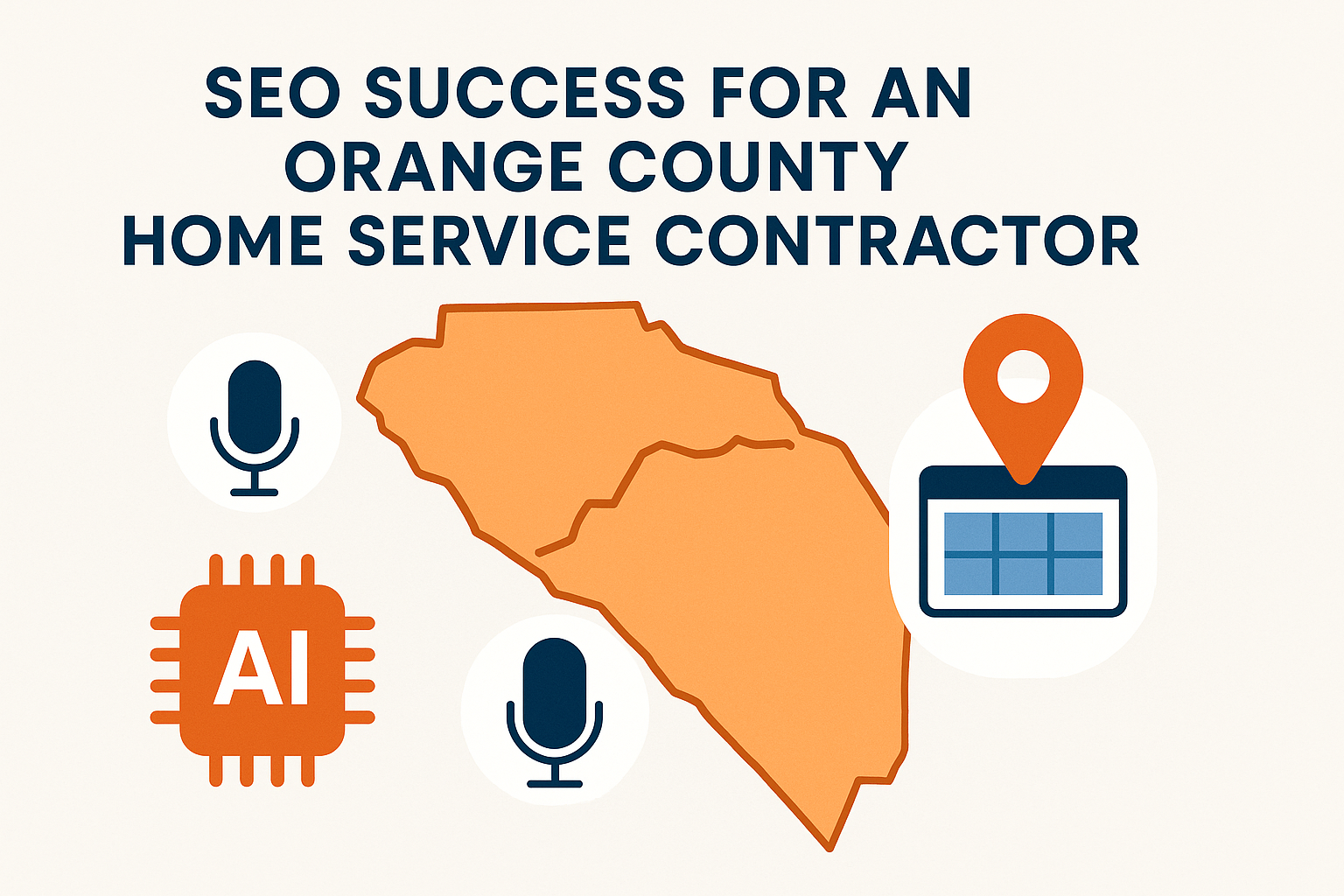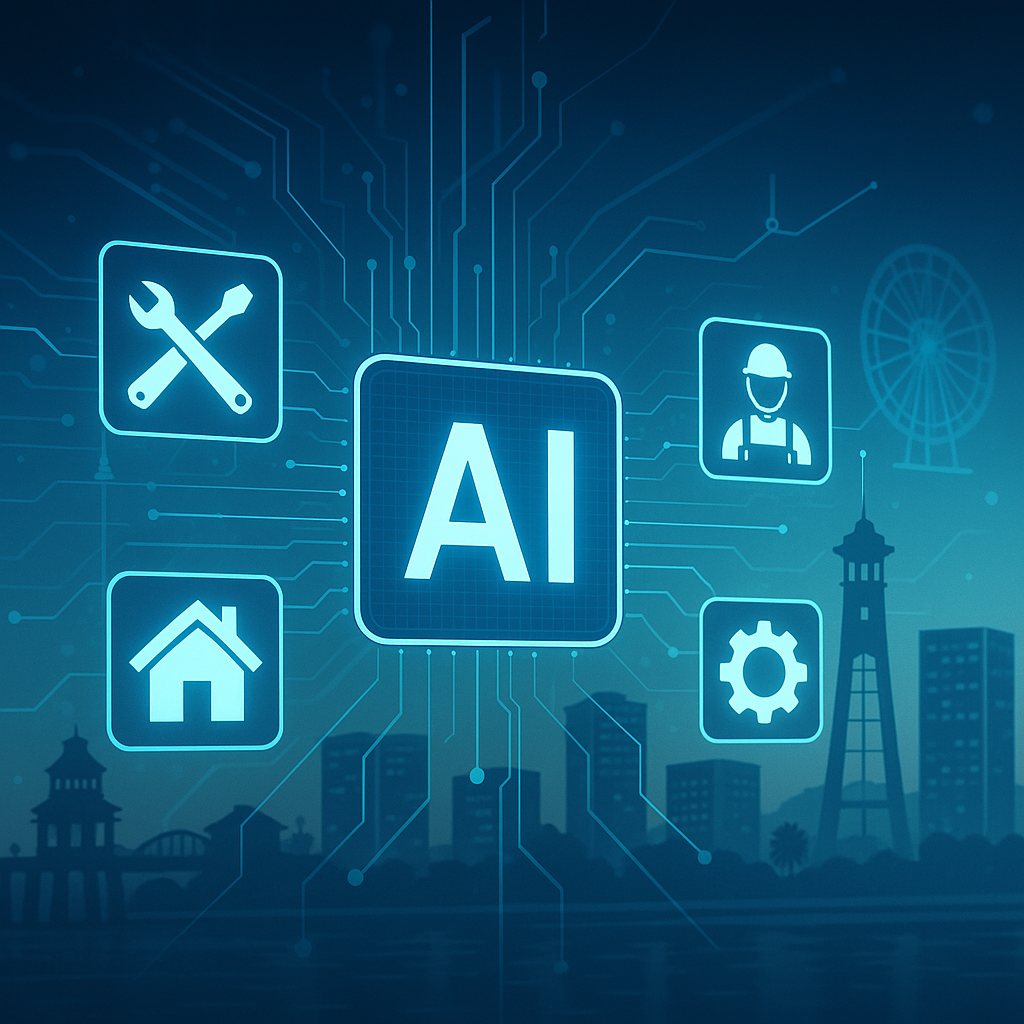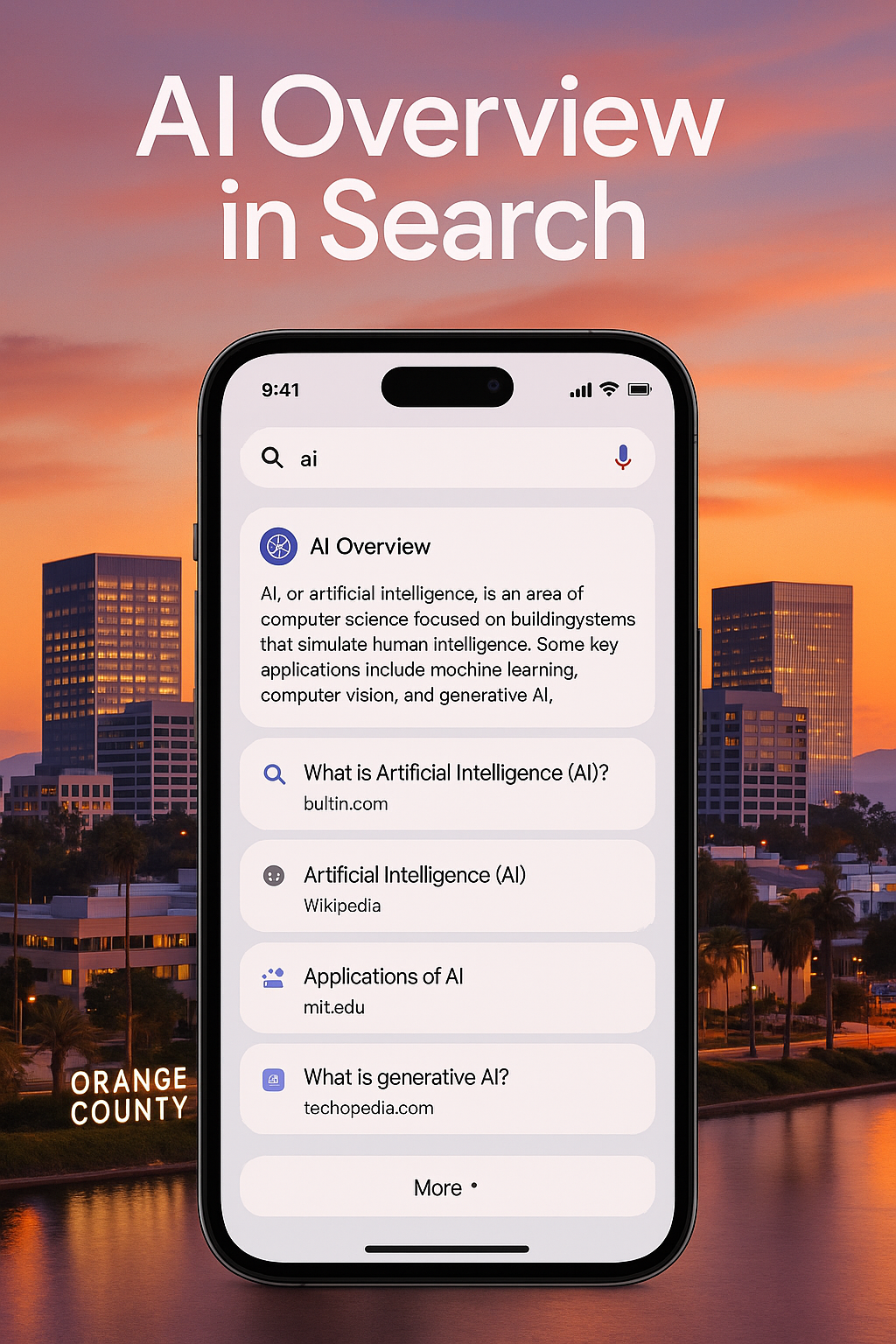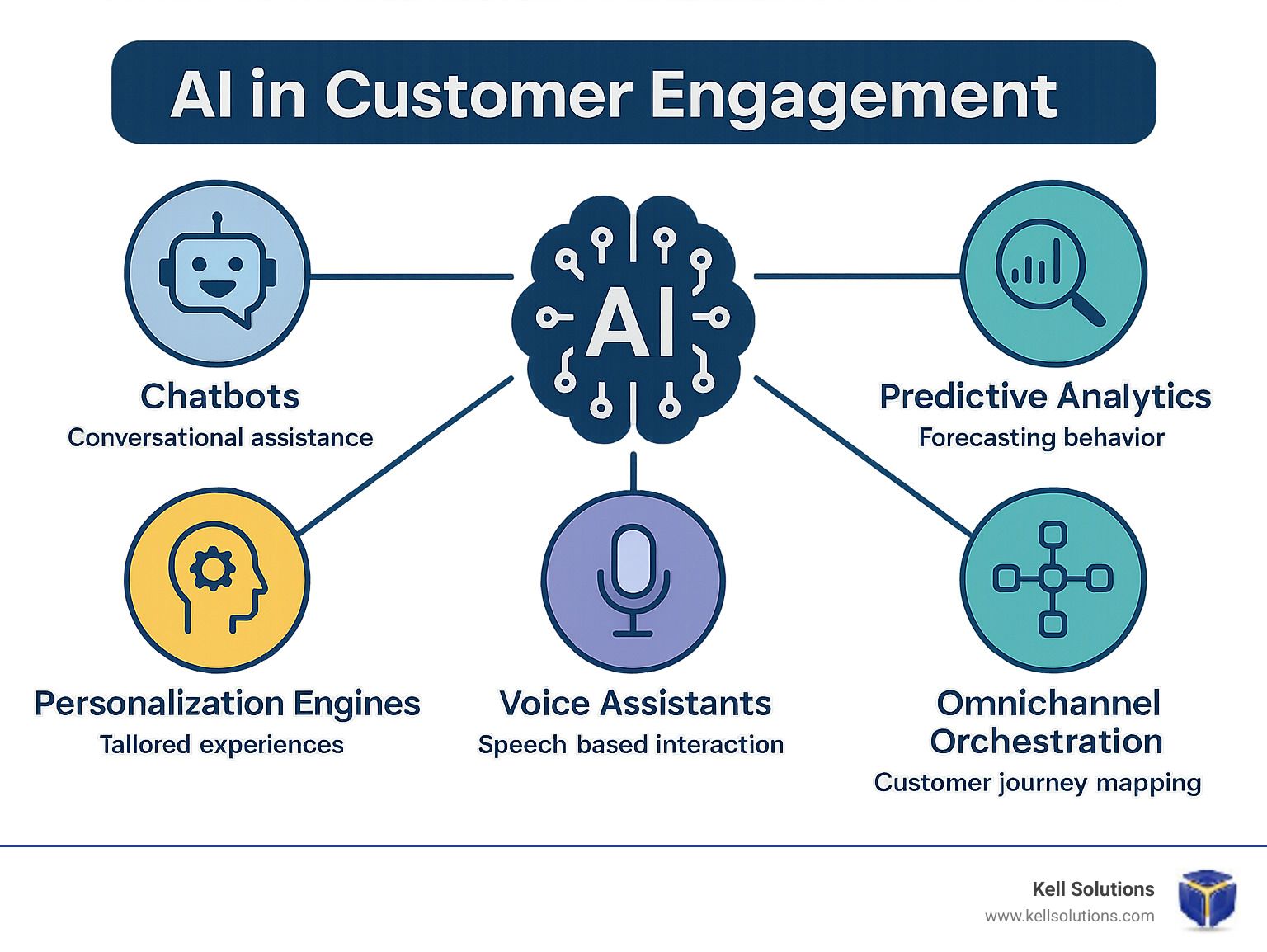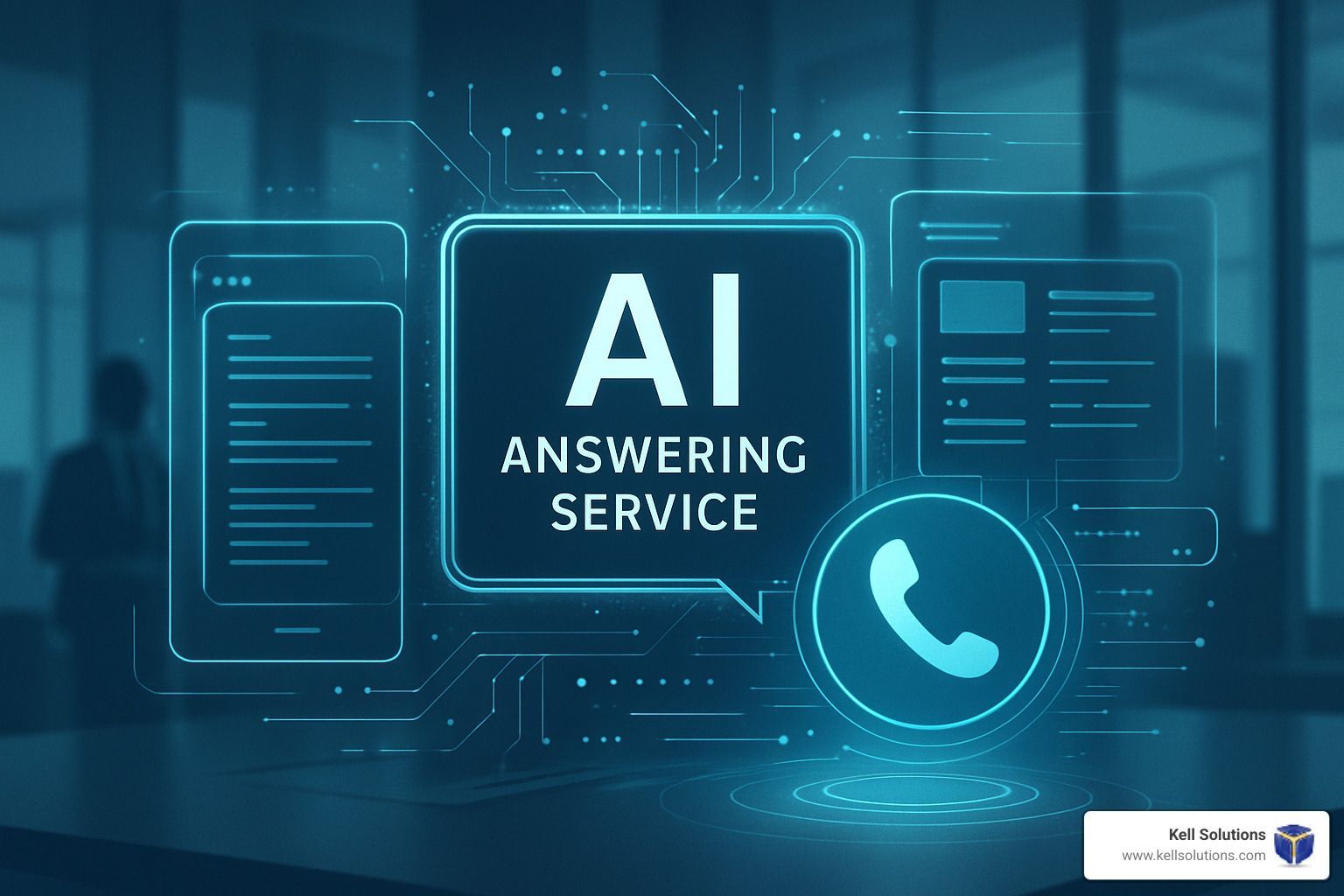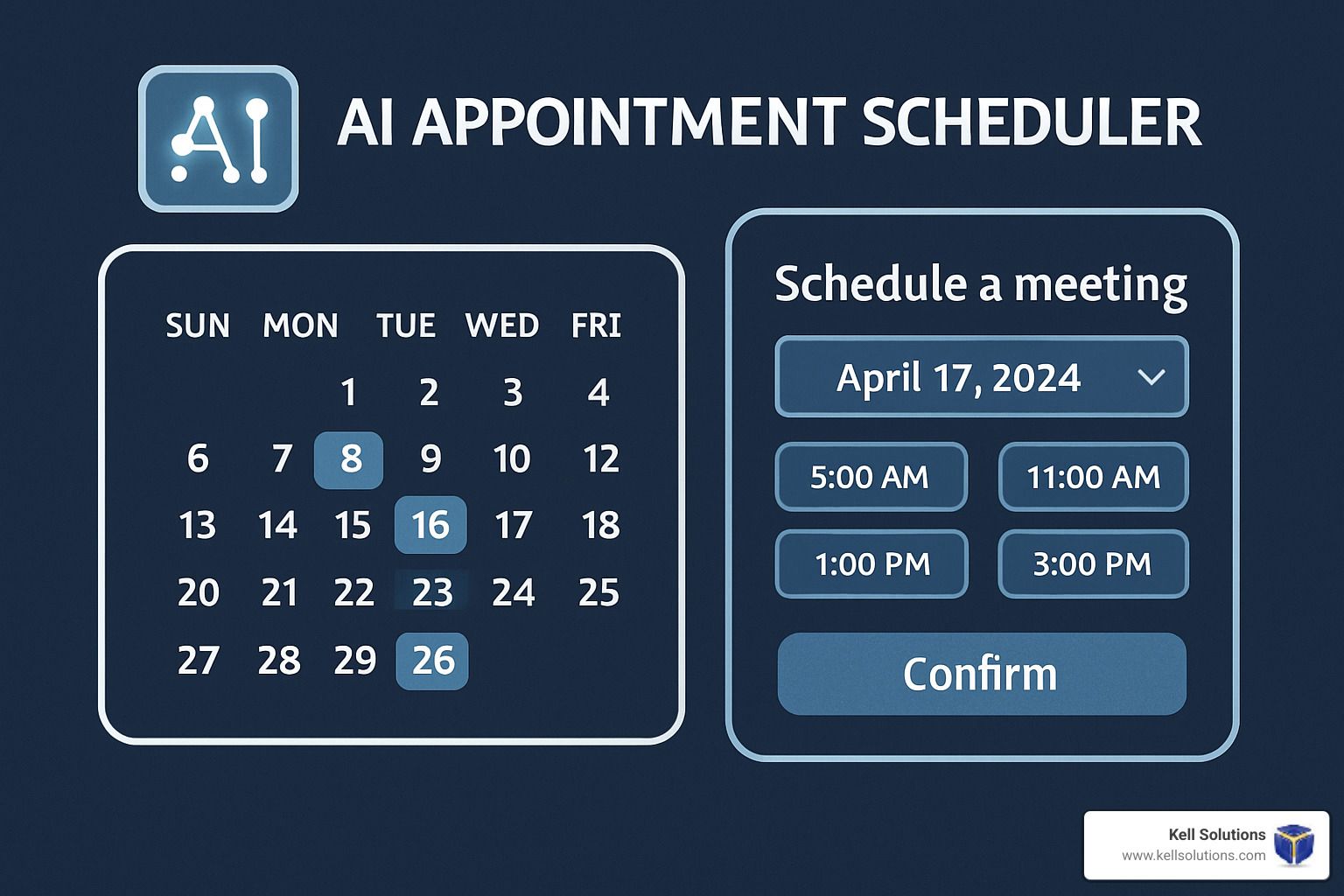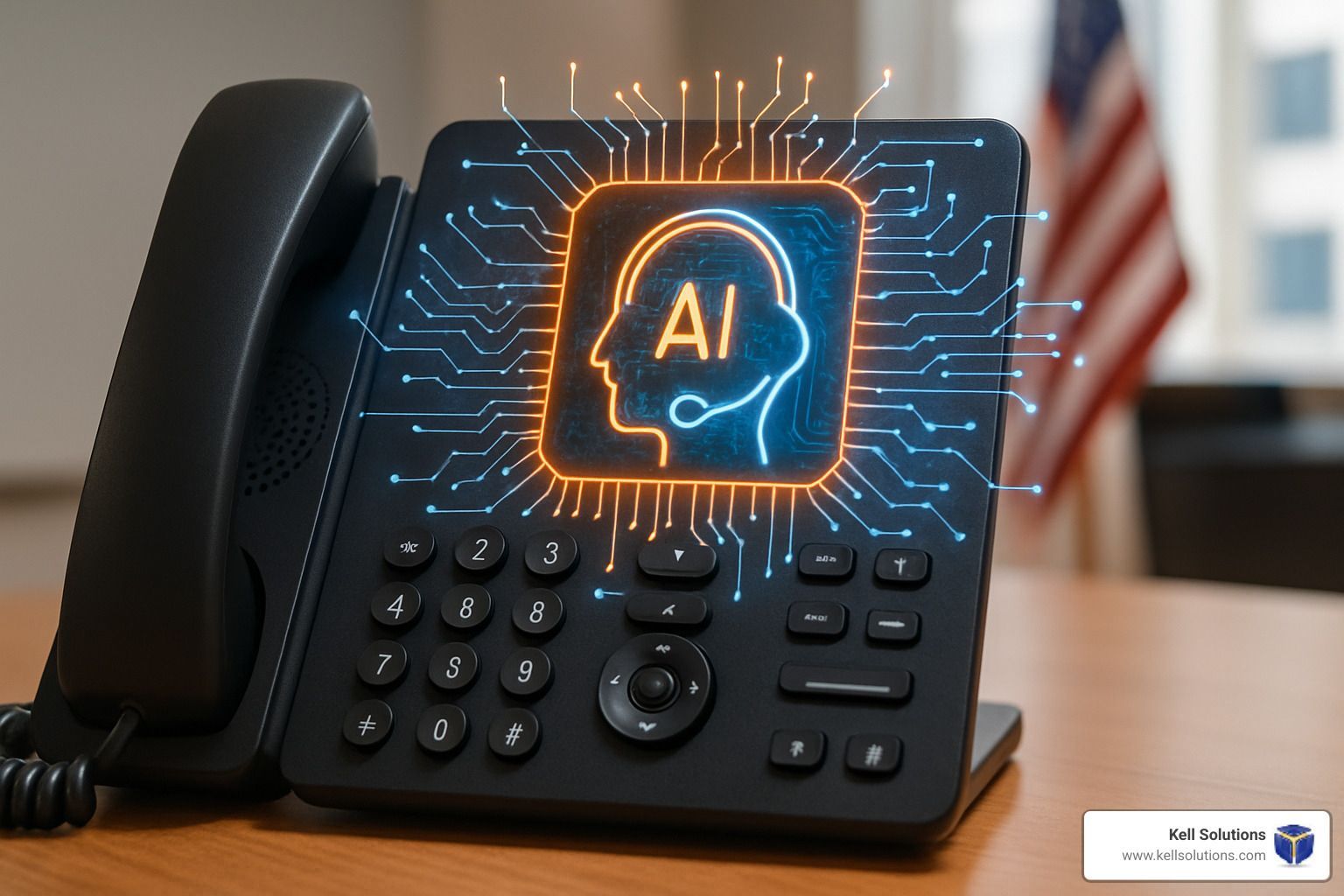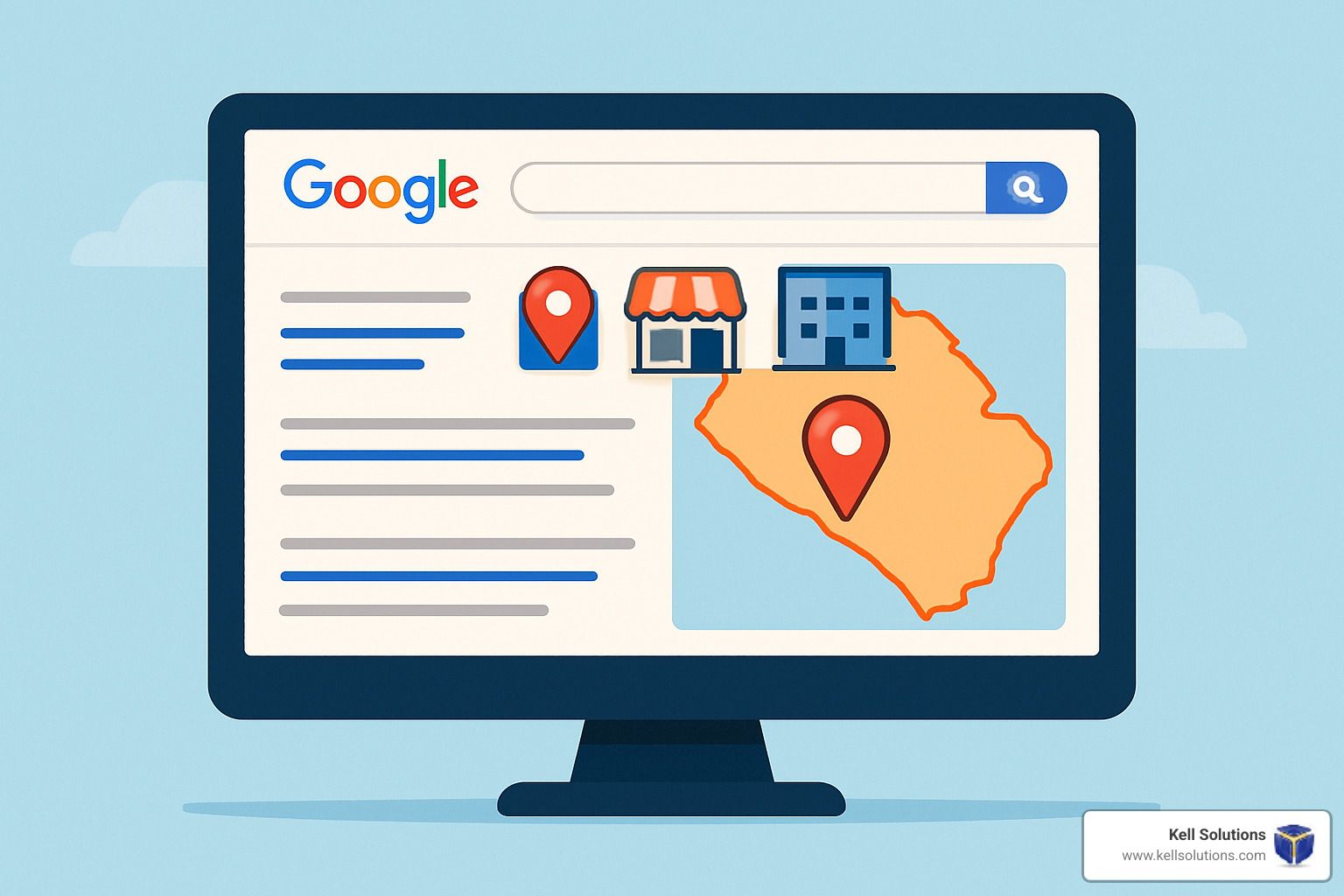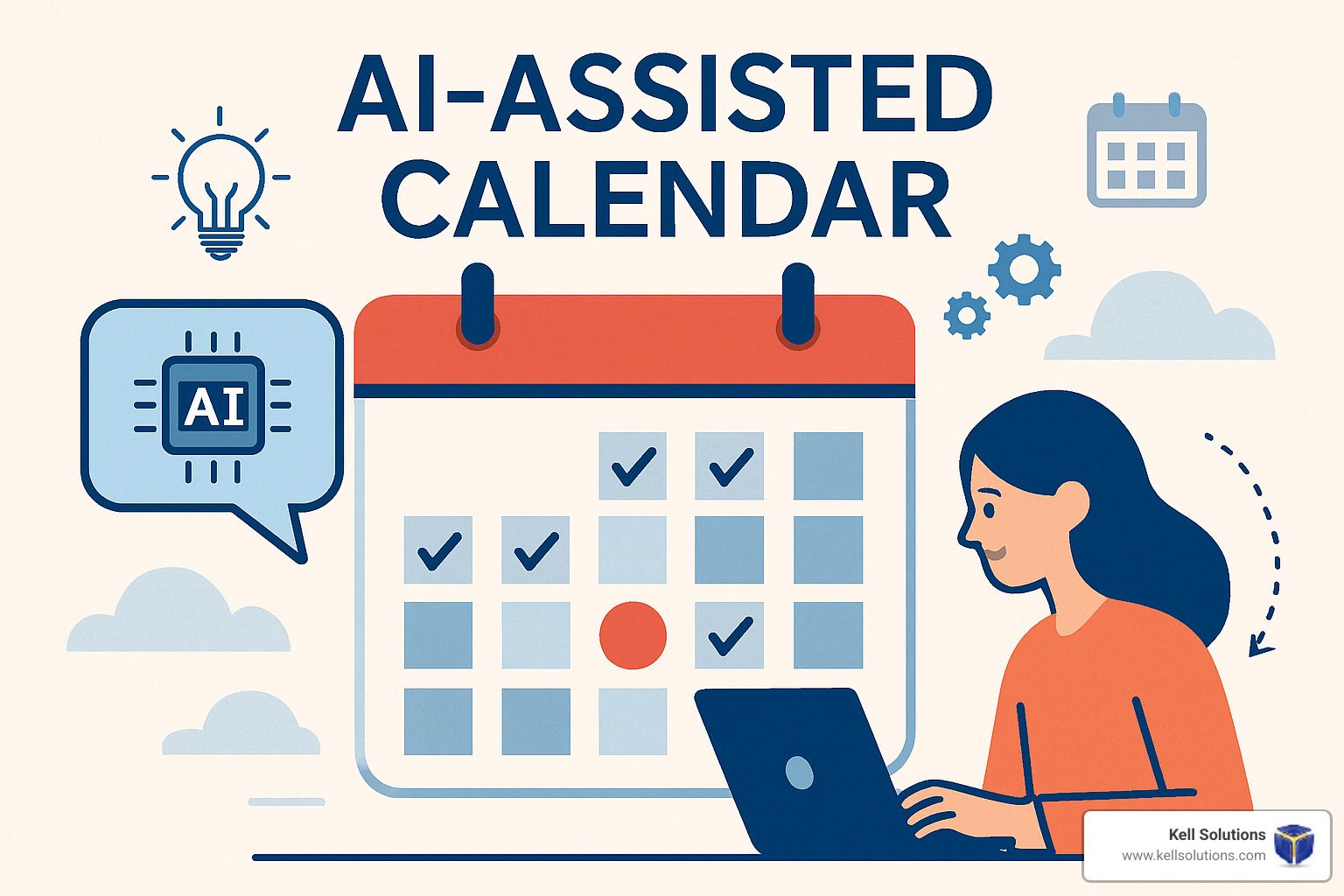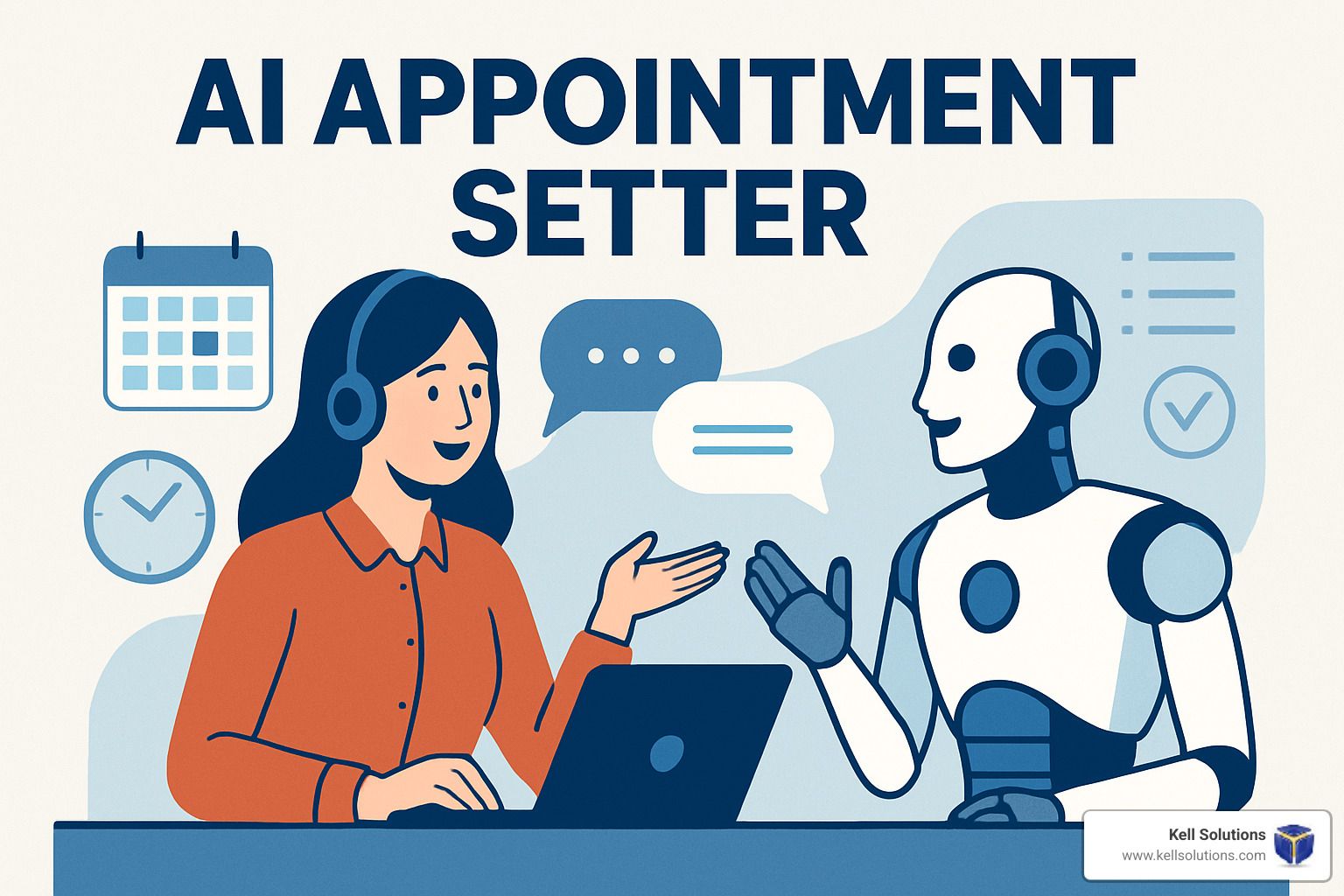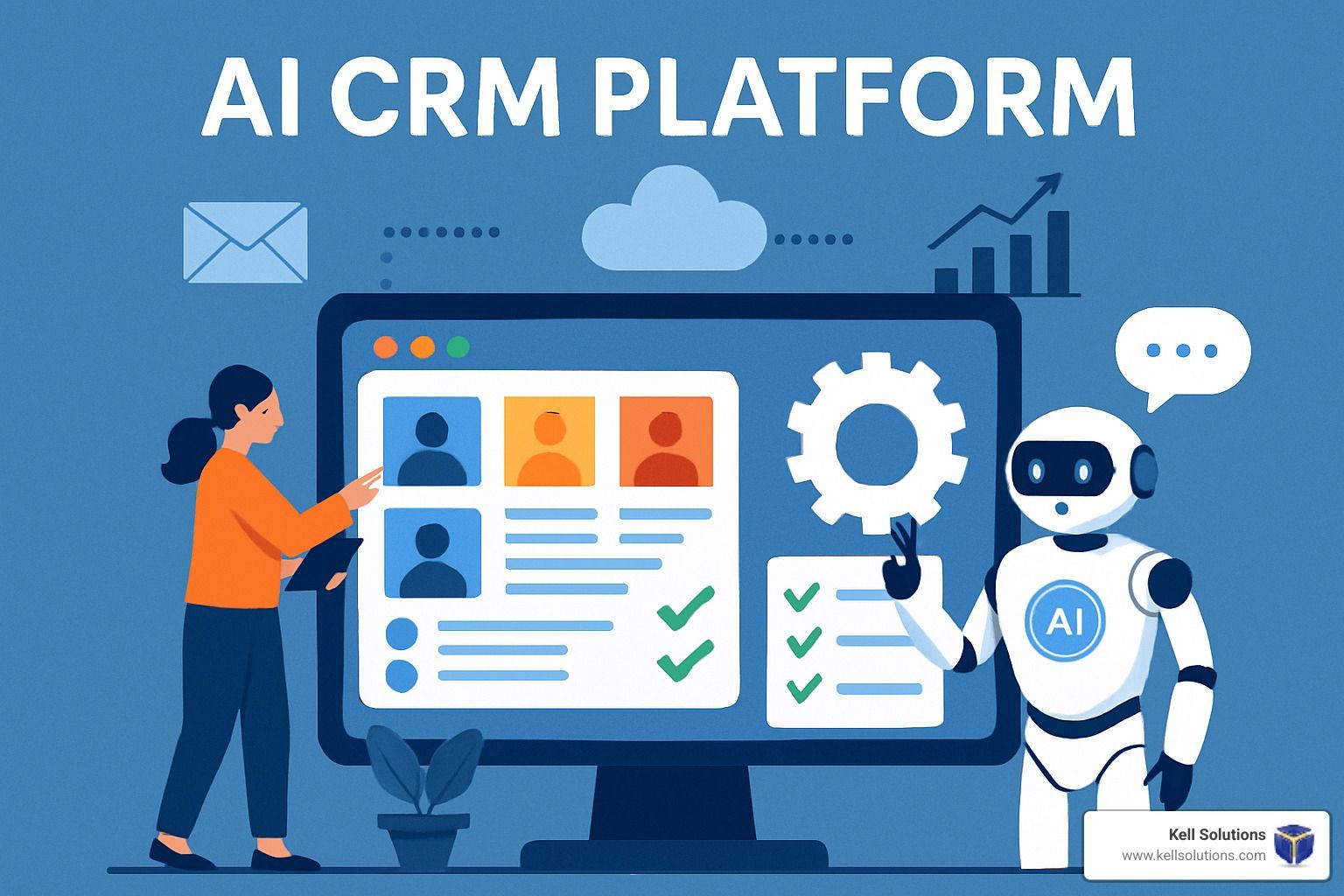AI Call Center Setup Guide: Essential Insights & Tips
Scaling Support Without Scaling Costs

Key Takeaways
- AI call centers can significantly reduce operational costs, often by 20-30% through automation and efficiency improvements.
- Choosing the right AI tools is crucial; popular options include chatbots, voice recognition, and sentiment analysis technologies.
- Integrating AI with existing systems can be seamless with the right approach, ensuring minimal disruption to operations.
- Training your team on AI utilization not only boosts productivity but also enhances job satisfaction by reducing mundane tasks.
- Ensuring data security and compliance with regulations is paramount to protect customer information and maintain trust.
How AI Revolutionizes Call Center Operations
AI is transforming call centers by automating routine tasks, streamlining workflows, and enhancing customer interactions. The technology allows call centers to operate more efficiently, reduce costs, and improve the overall customer experience. By implementing AI, call centers can handle a larger volume of inquiries without compromising on service quality.
AI Streamlining Customer Interactions
AI plays a pivotal role in enhancing customer interactions. By using chatbots and virtual assistants, call centers can provide instant responses to common queries, reducing wait times and improving customer satisfaction. These AI-driven tools can handle simple tasks, freeing up human agents to focus on more complex issues that require a personal touch.
- AI Chatbots can answer frequently asked questions 24/7, providing immediate assistance to customers.
- Virtual assistants can guide customers through processes, such as resetting passwords or checking order statuses.
- AI tools can analyze customer sentiment in real-time, allowing agents to adjust their approach accordingly.
Most importantly, AI streamlining doesn't just stop at customer interactions. It also extends to data collection and analysis, enabling call centers to gather valuable insights into customer behavior and preferences.
Boosting Efficiency and Reducing Costs
By automating repetitive tasks, AI significantly boosts efficiency in call centers. Tasks such as data entry, call routing, and customer verification can be performed quickly and accurately by AI, reducing the burden on human agents. This not only speeds up operations but also minimizes errors, leading to cost savings.
AI can also help optimize resource allocation. For example, predictive analytics can forecast call volumes, enabling managers to schedule the right number of agents at the right times. This ensures that call centers are neither understaffed nor overstaffed, further reducing operational costs.
Besides that, AI can enhance workforce management by identifying patterns in employee performance and suggesting areas for improvement. This leads to a more productive and satisfied workforce.
Enhancing Customer Satisfaction with AI
Customer satisfaction is the cornerstone of any successful call center. AI enhances this by providing faster, more accurate responses to customer inquiries with an online virtual receptionist. With AI handling routine queries, human agents can dedicate more time to resolving complex issues, leading to higher customer satisfaction rates.
Moreover, AI can personalize customer interactions by analyzing past interactions and preferences. This allows call centers to tailor their responses to individual customers, making them feel valued and understood. Personalization not only boosts customer satisfaction but also fosters loyalty and retention. For more insights on AI applications in call centers, check out this AI for Call Centers guide.
Steps to Setting Up an AI Call Center
Setting up an AI call center involves several crucial steps, each aimed at ensuring a smooth transition and successful implementation. From identifying pain points to training staff, each step plays a vital role in the overall success of the AI integration.
Identifying Key Pain Points in Current Operations
The first step in setting up an AI call center is to identify the key pain points in your current operations. Understanding these challenges will help you determine where AI can have the most significant impact. Common pain points include long wait times, high operational costs, and inconsistent customer service quality.
By pinpointing these issues, you can prioritize AI solutions that address them directly, ensuring that your investment yields the maximum benefit.
Choosing the Right AI Tools and Technologies
Once you've identified your pain points, the next step is to choose the right AI tools and technologies. There are numerous AI solutions available, each with its own strengths and capabilities. Selecting the right tools involves evaluating your specific needs and objectives.
Consider factors such as scalability, ease of integration, and cost-effectiveness when selecting AI tools. Popular options include chatbots for customer interaction, voice recognition for call routing, and sentiment analysis for understanding customer emotions.
It's also important to choose tools that can seamlessly integrate with your existing systems to avoid disruptions and ensure a smooth transition.
Optimizing AI and Human Agent Collaboration
In an AI-enhanced call center, collaboration between AI and human agents is essential for success. While AI can handle routine tasks, human agents bring empathy and problem-solving skills that technology cannot replicate. By working together, AI and human agents can deliver exceptional customer service.
Real-Time Assistance for Human Agents
AI can provide real-time assistance to human agents, making their jobs easier and more efficient. For example, AI can suggest responses or provide relevant information during a call, enabling agents to focus on delivering a personalized experience. This collaboration ensures that customers receive accurate and timely assistance.
AI in Managing Peak Times and Workloads
During peak times, call centers can become overwhelmed with inquiries. AI helps manage these workloads by efficiently routing calls and handling simple queries, allowing human agents to concentrate on more complex issues. This balance ensures that all customer inquiries are addressed promptly, even during busy periods.
Furthermore, AI can predict peak times using historical data, allowing managers to allocate resources effectively. By anticipating busy periods, call centers can ensure they have enough staff to handle the increased demand without compromising service quality.
Continuous Improvement Through AI Feedback
AI systems can provide valuable feedback to call centers, highlighting areas for improvement. By analyzing call data and customer interactions, AI can identify trends and patterns that may indicate issues with processes or training. This feedback enables call centers to make informed decisions about changes and improvements. For more insights on how AI is transforming call centers, check out this AI for call centers guide.
For instance, if AI detects that certain queries are frequently mishandled, managers can address these issues through targeted training sessions. This continuous improvement process ensures that call centers remain efficient and responsive to customer needs.
Ensuring Data Security in AI Call Centers
Data security is a top priority for AI call centers, as they handle sensitive customer information. Implementing robust security measures protects customer data and maintains trust in your services. Here are some key strategies for ensuring data security in AI call centers.
Implementing Advanced Encryption
Encryption is a critical component of data security, ensuring that customer information is protected from unauthorized access. By encrypting data both in transit and at rest, call centers can safeguard sensitive information from potential breaches.
There are several encryption methods available, including AES (Advanced Encryption Standard) and RSA (Rivest-Shamir-Adleman). It's essential to choose an encryption method that meets industry standards and provides a high level of security.
- Use strong encryption algorithms to protect data.
- Ensure encryption keys are securely stored and managed.
- Regularly update encryption protocols to address emerging threats.
By implementing advanced encryption, call centers can protect customer data and maintain their reputation for security and reliability.
Compliance with Privacy Regulations
Compliance with privacy regulations is crucial for AI call centers, as non-compliance can result in severe penalties. Regulations such as GDPR (General Data Protection Regulation) and CCPA (California Consumer Privacy Act) set strict guidelines for handling personal data. For more insights on how AI can be integrated while maintaining compliance, check out this guide to AI for call centers.
To ensure compliance, call centers must implement policies and procedures that align with these regulations. This includes obtaining customer consent for data collection, providing transparency about data usage, and allowing customers to access or delete their information upon request.
By adhering to privacy regulations, call centers can build trust with customers and avoid potential legal issues.
Monitoring and Auditing AI Performance
Regular monitoring and auditing of AI performance are essential for maintaining data security and ensuring the effectiveness of AI systems. By evaluating AI performance, call centers can identify potential vulnerabilities and address them proactively.
Monitoring involves tracking key performance indicators (KPIs) such as response times, accuracy, and customer satisfaction. Auditing, on the other hand, involves a thorough review of AI systems and processes to ensure compliance with security standards and regulations.
By regularly monitoring and auditing AI performance, call centers can maintain high levels of security and continuously improve their operations.
Measuring Success and ROI with AI Call Centers
Measuring the success and return on investment (ROI) of AI call centers is crucial for evaluating the effectiveness of AI integration. By tracking key performance metrics, call centers can assess the impact of AI on their operations and make informed decisions about future investments.
Some key metrics to track include cost savings, efficiency gains, and customer satisfaction improvements. By analyzing these metrics, call centers can determine whether AI is delivering the expected benefits and identify areas for further optimization.
Ultimately, measuring success and ROI helps call centers justify their AI investments and ensure they continue to deliver exceptional customer service.
Key Performance Metrics to Track
Tracking performance metrics is essential for evaluating the success of an AI call center. Key metrics include average response time, first-call resolution rate, and customer satisfaction scores. These indicators help determine how effectively AI is enhancing call center operations.
Additionally, monitoring agent productivity and call handling times provides insights into how AI impacts workforce efficiency. By regularly assessing these metrics, call centers can identify areas for improvement and ensure they are meeting their performance goals.
Realizing Cost Savings and Efficiency Gains
AI call centers can realize significant cost savings and efficiency gains through automation and streamlined processes. By reducing the need for manual data entry and call routing, AI minimizes operational costs and frees up resources for more strategic initiatives.
Moreover, AI can optimize workforce management by predicting call volumes and adjusting staffing levels accordingly. This ensures that call centers are operating at peak efficiency, reducing labor costs and improving service quality.
Customer Satisfaction and Retention Improvements
Improving customer satisfaction and retention is a primary goal for AI call centers. By providing faster, more accurate responses to inquiries, AI enhances the overall customer experience, leading to higher satisfaction rates.
Furthermore, AI can personalize interactions by analyzing customer data and tailoring responses to individual needs. This personalized approach not only boosts satisfaction but also fosters loyalty and long-term retention.
Frequently Asked Questions (FAQs)
As AI continues to transform call centers, many businesses have questions about the setup and implementation process. Here are some frequently asked questions and their answers to help guide you through the journey.
What are the initial steps in setting up an AI call center?
Setting up an AI call center involves several key steps:
- Identify pain points in your current operations to determine where AI can have the most impact.
- Choose the right AI tools and technologies that align with your business objectives.
- Integrate AI solutions with your existing systems to ensure a seamless transition.
- Train your team on AI utilization to maximize productivity and efficiency.
By following these steps, you can set the foundation for a successful AI call center implementation.
Can AI call centers fully replace human agents?
While AI can handle many routine tasks, it cannot fully replace human agents. Human agents bring empathy, creativity, and problem-solving skills that technology cannot replicate.
- AI excels at handling repetitive inquiries and providing real-time assistance to agents.
- Human agents are essential for managing complex issues and building personal connections with customers.
Therefore, a successful AI call center leverages the strengths of both AI and human agents to deliver exceptional service.
How do AI tools integrate with existing CRM systems?
Integrating AI tools with existing CRM systems is a crucial step in the setup process. Many AI solutions are designed to work seamlessly with popular CRM platforms, ensuring minimal disruption to operations.
Integration typically involves configuring APIs and data pipelines to enable communication between AI tools and CRM systems. This allows for real-time data exchange and ensures that AI solutions have access to the information they need to function effectively. For more insights, check out this guide on AI for call centers.
For example, a call center might integrate a chatbot with its CRM to automatically log customer interactions and update contact records. This ensures that agents have a complete view of customer history during calls. For more insights, check out this guide to AI for call centers.
What security measures should be implemented in AI call centers?
Implementing robust security measures is essential for protecting customer data in AI call centers. Key strategies include:
- Using advanced encryption methods to secure data both in transit and at rest.
- Ensuring compliance with privacy regulations such as GDPR and CCPA.
- Regularly monitoring and auditing AI performance to identify potential vulnerabilities.
By prioritizing data security, call centers can maintain customer trust and avoid potential legal issues.
How can businesses measure the ROI of AI investments in call centers?
Measuring the ROI of AI investments involves tracking key performance metrics such as cost savings, efficiency gains, and customer satisfaction improvements. By analyzing these metrics, businesses can assess the impact of AI on their operations and determine whether it is delivering the expected benefits.
Additionally, businesses should consider the long-term value of AI investments, including enhanced customer loyalty and increased revenue from improved service quality.
Ultimately, measuring ROI helps businesses justify their AI investments and make informed decisions about future technology initiatives.
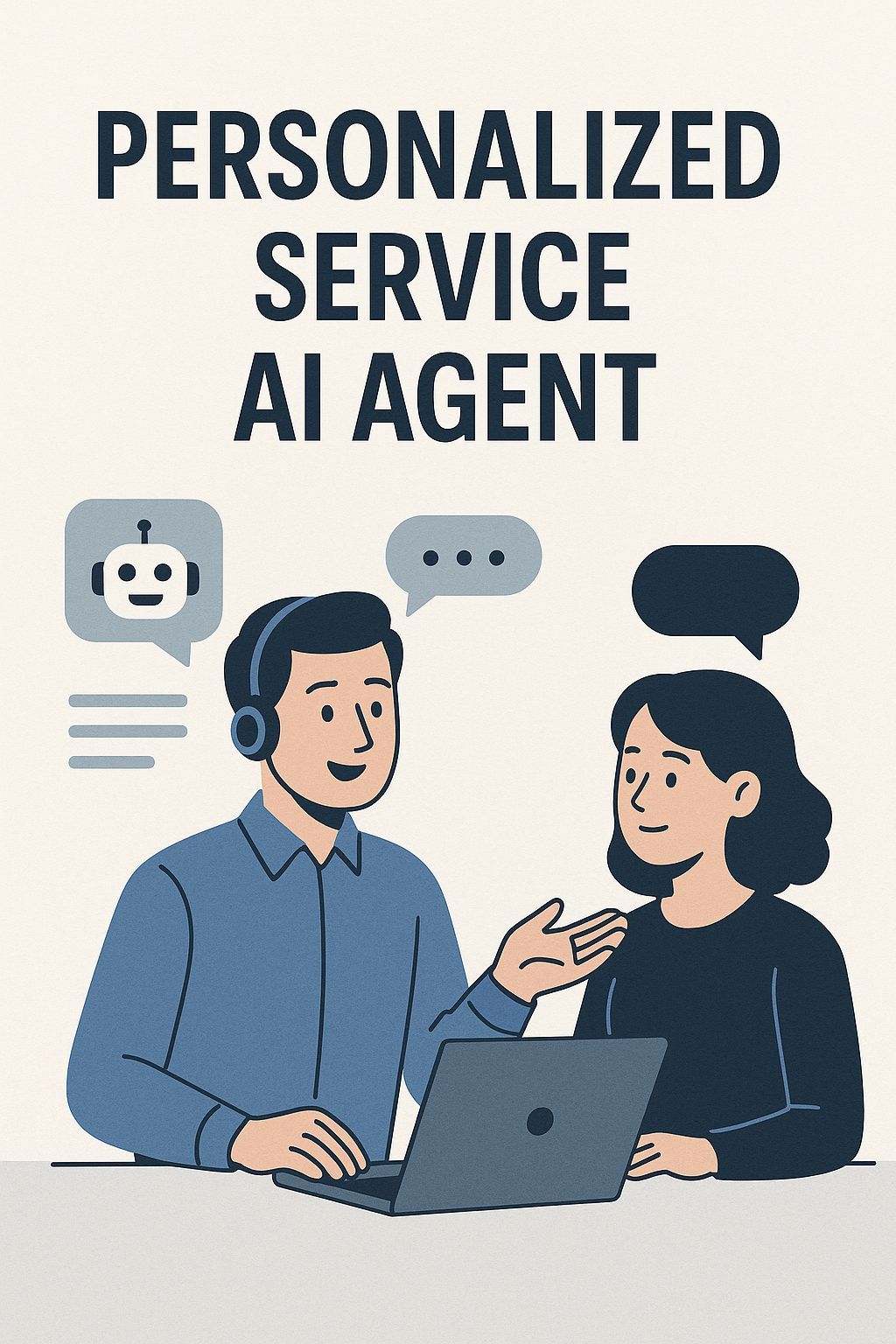

Orange County HVAC Google AI Overview Domination: 7 Proven Strategies to Capture Featured AI Results





